This appears to be a weeping mulberry. There are several species, red, white, and black mulberry. Some bear fruit. The fruit resembles miniature blackberries. Needs full sun and regular to ample water. Mulberries can get quite tall and aggressive. Prune back after the berries have been harvested to control its size.
Glossy, deep-green summer foliage cascading from its ground-dusting stems is the most attractive feature of the weeping mulberry (Morus alba). The two main types of weeping mulberry are the cultivars “Pendula” and “Chaparral,” both commonly known as white mulberry for their greenish-white but inconspicuous spring blossoms. “Pendula” bears edible fruit; “Chaparral” bears no fruit but is needed for pollination. Weeping mulberry is hardy in U.S. Department of Agriculture plant hardiness zones 4 through 8. Unless you are growing this mulberry to feed silkworms, the last thing you want are creatures eating your mulberry leaves. Don’t panic. Controlling these pests is relatively easy.
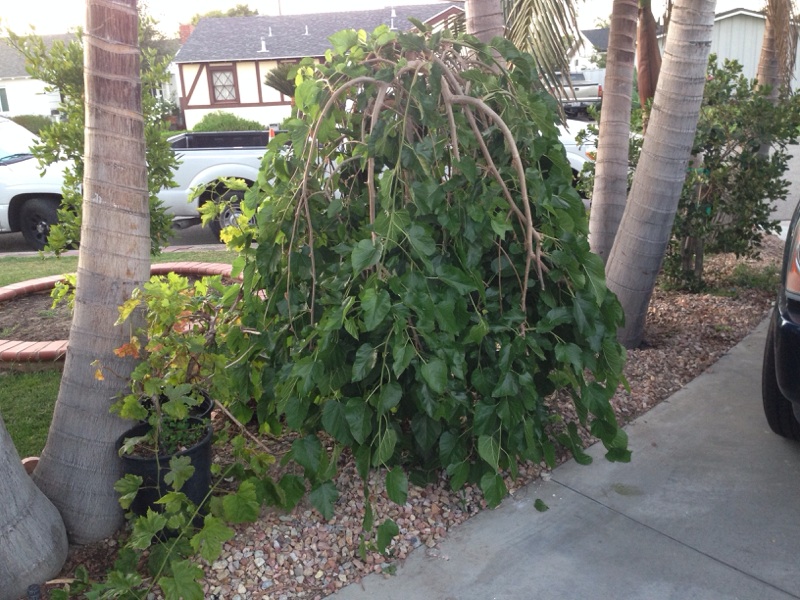
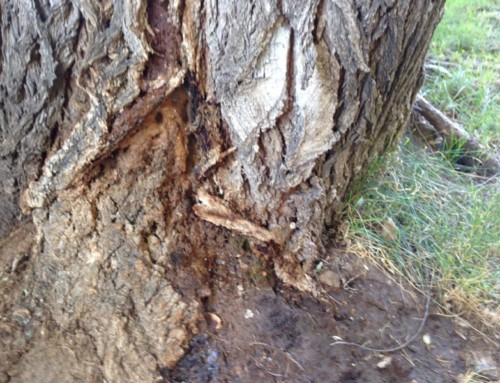
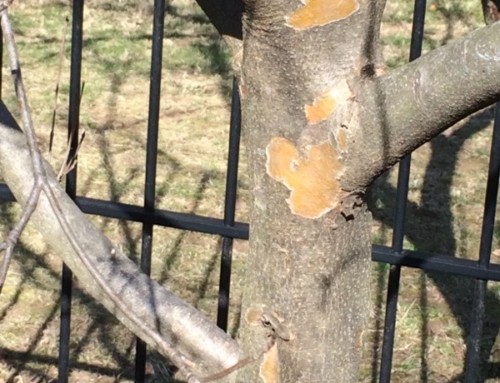
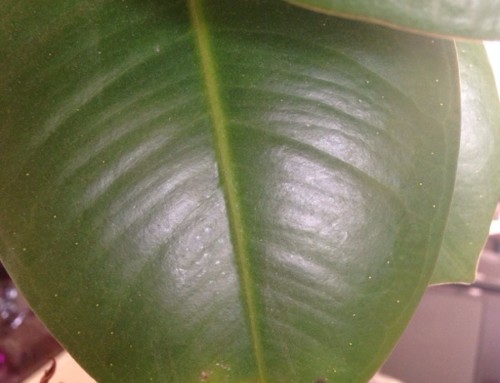
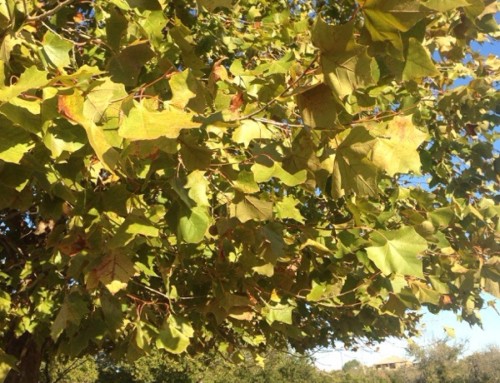
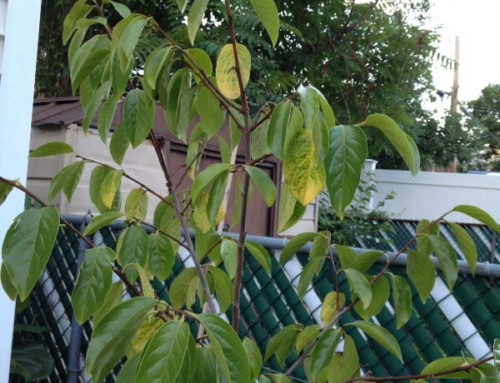
Leave A Comment